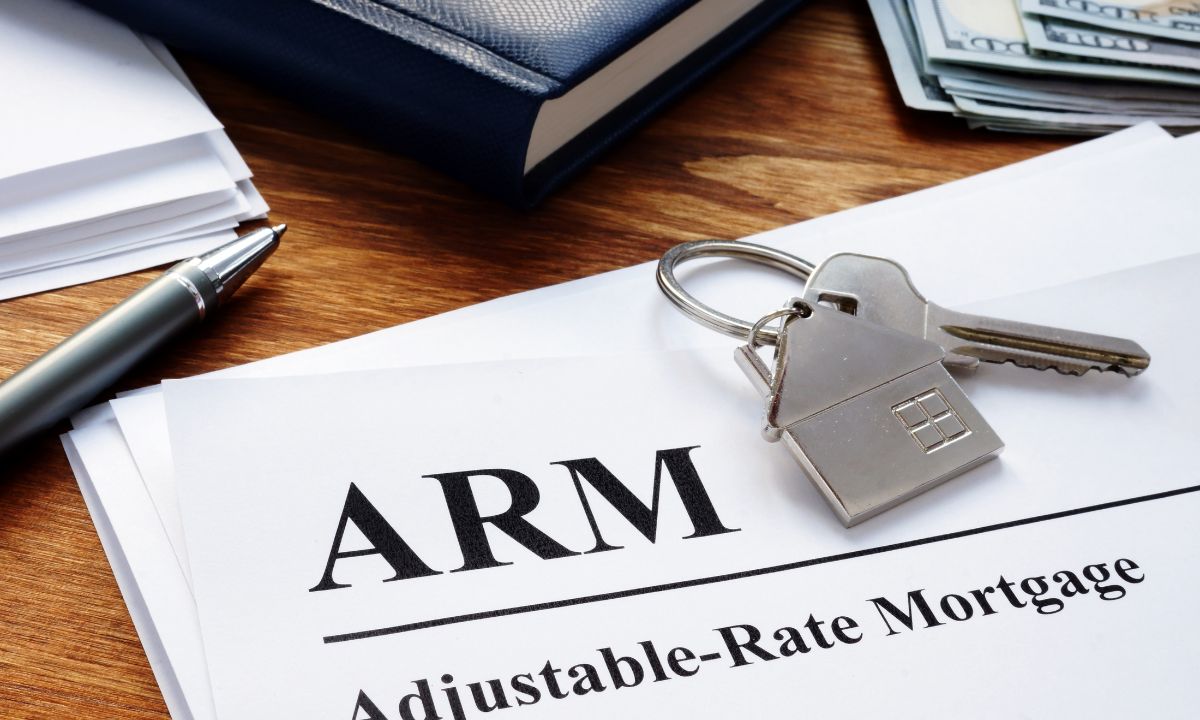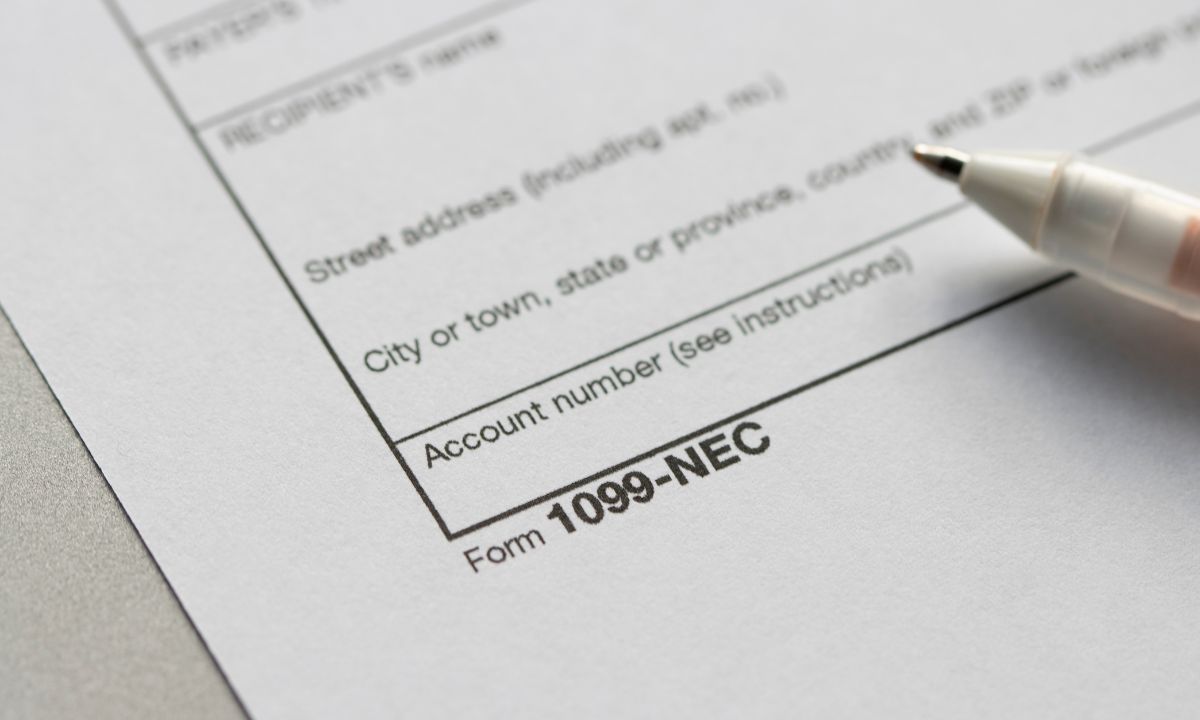 Which is better — a fixed-rate mortgage or an adjustable-rate mortgage (ARM)? It’s a common question among home buyers and refinancing households. The answer? It depends.
Which is better — a fixed-rate mortgage or an adjustable-rate mortgage (ARM)? It’s a common question among home buyers and refinancing households. The answer? It depends.
Fixed-rate mortgages offer the certainty of a known, unchanging principal and interest payment for the life of the loan. This stability can aid in budget-setting and financial planning, providing homeowners with a sense of security and peace of mind.
On the other hand, adjustable-rate mortgages do not provide the same level of certainty. After an initial introductory period, the interest rate on the loan adjusts periodically based on prevailing market conditions. While this uncertainty may deter some, ARMs often feature very low initial interest rates compared to fixed-rate loans.
These savings make adjustable-rate mortgages particularly appealing for individuals in specific scenarios:
Short-Term Ownership Plans: If you intend to sell your home within 5 years, opting for a 5-year ARM could be advantageous. The lower initial payments can help maximize your cash flow during the ownership period.
Current Fixed-Rate Mortgage Holders: Homeowners currently financed with a 30-year fixed mortgage who plan to sell within 5 years might find switching to a 5-year ARM beneficial, especially if they’re seeking lower payments.
Comfort with Uncertainty: If you’re comfortable with payment uncertainty over the long term and prioritize lower initial payments, an adjustable-rate mortgage may align well with your financial goals.
Additionally, homeowners with existing ARMs nearing adjustment may consider refinancing into a new ARM to extend the teaser rate period and delay potential payment increases.
However, before committing to an adjustable-rate mortgage, it’s crucial to consult with your loan officer to fully understand how ARMs function and the associated risks, both in the near and long term. While the initial payment savings can be tempting, it’s important to recognize that with an ARM, payment structures are subject to change.
For individuals planning to sell their homes within 5 years or those seeking lower initial payments and are comfortable with payment uncertainty, an adjustable-rate mortgage can be a strategic financial choice. However, thorough research and consultation with financial professionals are essential to ensure that the selected mortgage aligns with your long-term financial objectives.

 Fix-and-flip projects can be lucrative endeavors for real estate investors, but they often require a significant upfront investment. One key financial tool that savvy investors use to fund these projects is a construction loan. We will examine how you can leverage construction loans to maximize your profits in the fix-and-flip game.
Fix-and-flip projects can be lucrative endeavors for real estate investors, but they often require a significant upfront investment. One key financial tool that savvy investors use to fund these projects is a construction loan. We will examine how you can leverage construction loans to maximize your profits in the fix-and-flip game. What happens when you suddenly get a notice to pay your mortgage to a company you may have never heard of? How do you determine if this is a legitimate request or a scam?
What happens when you suddenly get a notice to pay your mortgage to a company you may have never heard of? How do you determine if this is a legitimate request or a scam? For self-employed professionals, the mortgage process can feel like passing through a maze, fraught with challenges and uncertainties. Traditional lending standards often favor individuals with stable, predictable incomes, leaving entrepreneurs and freelancers in a precarious position. However, there’s a solution gaining traction in the mortgage industry: Non-Qualified Mortgages (Non-QM). We’ll explore how self-employed individuals can successfully navigate the mortgage landscape, leveraging non-QM lending to their advantage.
For self-employed professionals, the mortgage process can feel like passing through a maze, fraught with challenges and uncertainties. Traditional lending standards often favor individuals with stable, predictable incomes, leaving entrepreneurs and freelancers in a precarious position. However, there’s a solution gaining traction in the mortgage industry: Non-Qualified Mortgages (Non-QM). We’ll explore how self-employed individuals can successfully navigate the mortgage landscape, leveraging non-QM lending to their advantage. With rapid technological advancements and shifting societal norms, millennials find themselves facing a unique set of challenges and opportunities when it comes to securing a mortgage. The journey toward homeownership for this generation is a multifaceted one, influenced by factors ranging from soaring student loan debt to evolving housing preferences.
With rapid technological advancements and shifting societal norms, millennials find themselves facing a unique set of challenges and opportunities when it comes to securing a mortgage. The journey toward homeownership for this generation is a multifaceted one, influenced by factors ranging from soaring student loan debt to evolving housing preferences.